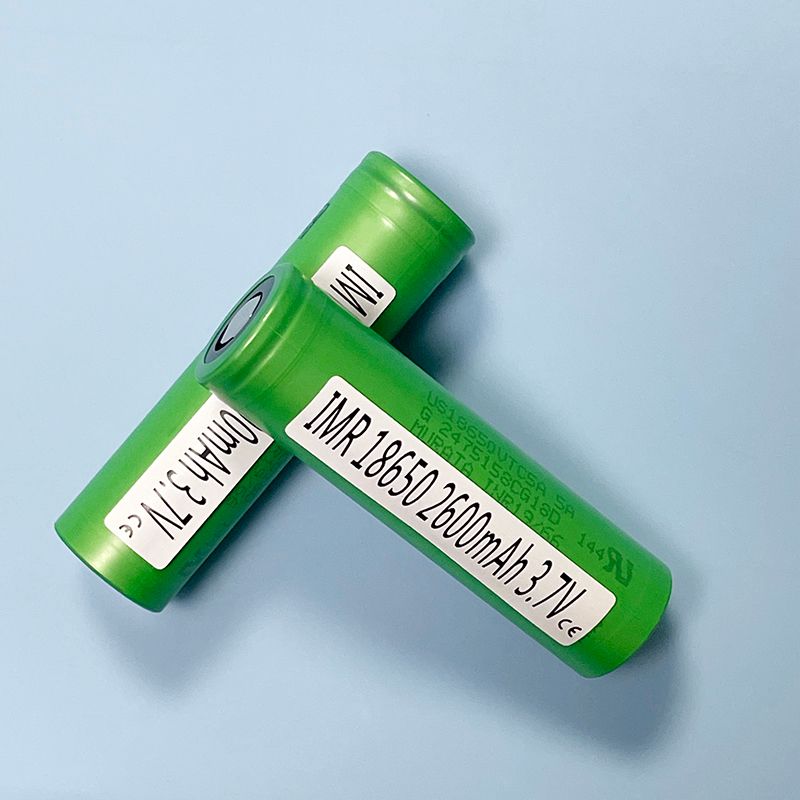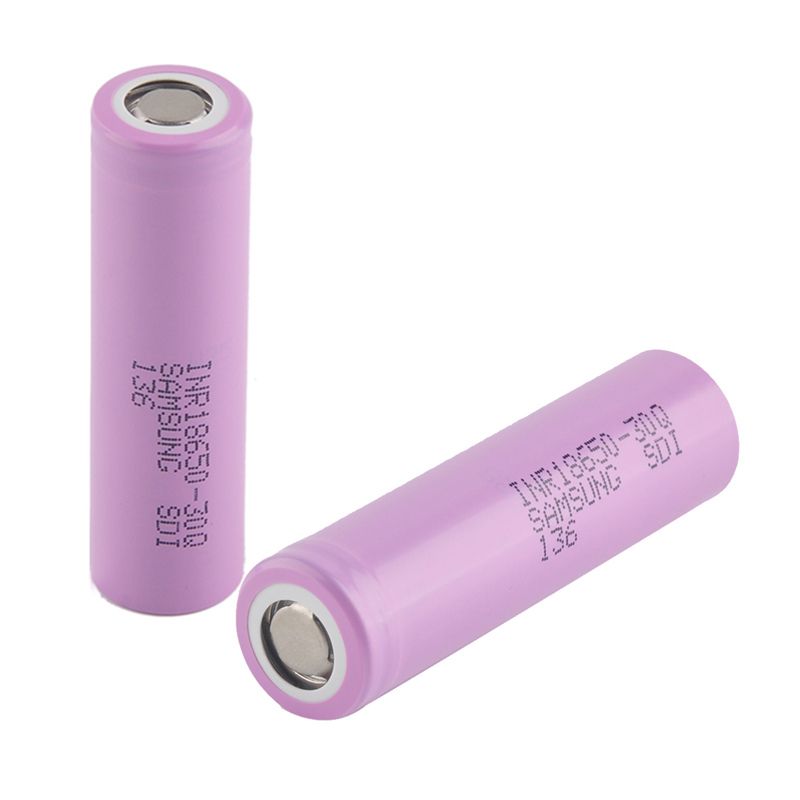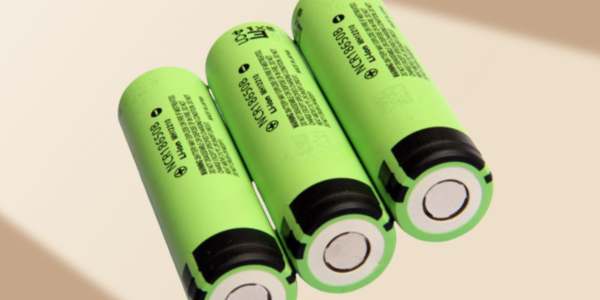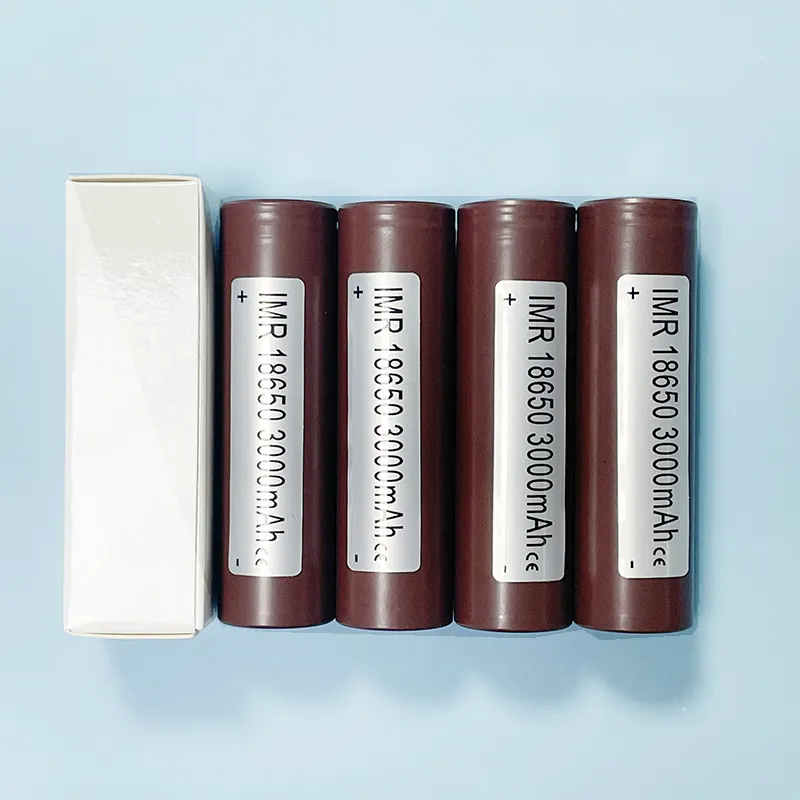How to Judge Scrap A Comprehensive Guide to Evaluating 18650 Batteries
How to Judge Scrap: A Comprehensive Guide to Evaluating 18650 Batteries
In the world of electronics and renewable energy, lithium-ion batteries, particularly the widely used 18650 batteries, are an integral component. As technology advances, the lifespan of these batteries can diminish, leading to the question of when a battery is no longer usable and should be classified as scrap. Understanding how to effectively judge the condition of 18650 batteries is essential for both safety and environmental concerns. This guide will walk you through the crucial steps to evaluate whether your 18650 batteries are scrap.

Understanding 18650 Batteries
Before diving into the evaluation process, it's essential to understand what 18650 batteries are. These batteries are cylindrical lithium-ion cells, typically 18mm in diameter and 65mm in height. They are commonly found in various devices, from laptops to power tools, and electric vehicles. Their popularity stems from their high energy density, rechargeability, and longevity. However, even the best batteries have a finite lifespan, and knowing when a battery has reached the end of its usefulness is key.
Signs of Wear and Tear
When assessing 18650 batteries, there are several indicators of degradation you should look for:
1. Physical Damage: Inspect the battery casing for any signs of dents, punctures, or corrosion. External damage can compromise the battery's integrity and potentially pose safety risks.
2. Swelling: A significant indicator of battery failure is swelling. If a battery feels bloated, it can result from gas buildup inside due to chemical reactions. A swollen battery should be considered scrap immediately, as it can lead to leakage or even explosion.
3. Discoloration: Any changes in color on the battery casing can indicate overheating or other chemical issues. Discoloration is often a red flag that the battery is no longer safe to use.
Testing Battery Performance
To accurately assess the usability of an 18650 battery, conducting a few performance tests can be beneficial:
1. Voltage Testing: Use a multimeter to measure the battery's voltage. A healthy 18650 battery typically has a voltage of around 3.7V when fully charged. If the voltage drops below 3.0V, the battery may be nearing the end of its life cycle and should be tested further.
2. Capacity Testing: Capacity can be tested using a battery capacity tester. This device will discharge the battery safely and measure how much energy it can store compared to its original rating (often around 2000mAh to 3500mAh). A significant drop in capacity (more than 20% of its original rating) may indicate that the battery is no longer suitable for use.
3. Internal Resistance: Measuring the internal resistance of a battery can provide insights into its health. Increased resistance can lead to overheating and performance issues. If the internal resistance measurement is significantly higher than the manufacturer's specifications, the battery may be nearing its end.
Environmental Considerations

If your evaluation determines that the 18650 batteries are scrap, it’s crucial to dispose of them properly. Lithium-ion batteries contain hazardous materials that can harm the environment if not handled correctly. Here are some disposal tips:
- Recycling Centers: Locate a local recycling center that accepts lithium-ion batteries. Many places have designated drop-off points to ensure safe processing.
- Retail Programs: Some retailers offer battery recycling programs. They may provide bins for customers to drop off used batteries.
Conclusion
Evaluating 18650 batteries for scrap can appear daunting, but by following these simple guidelines, you can make informed decisions about their usability. Regularly inspecting your batteries, running performance tests, and understanding proper disposal methods contribute not only to personal safety but also to environmental responsibility. As technology continues to evolve, mastering the art of battery evaluation becomes increasingly crucial in our quest for sustainable practices. Always prioritize safety, and don't hesitate to retire a battery if there's any doubt regarding its condition.

